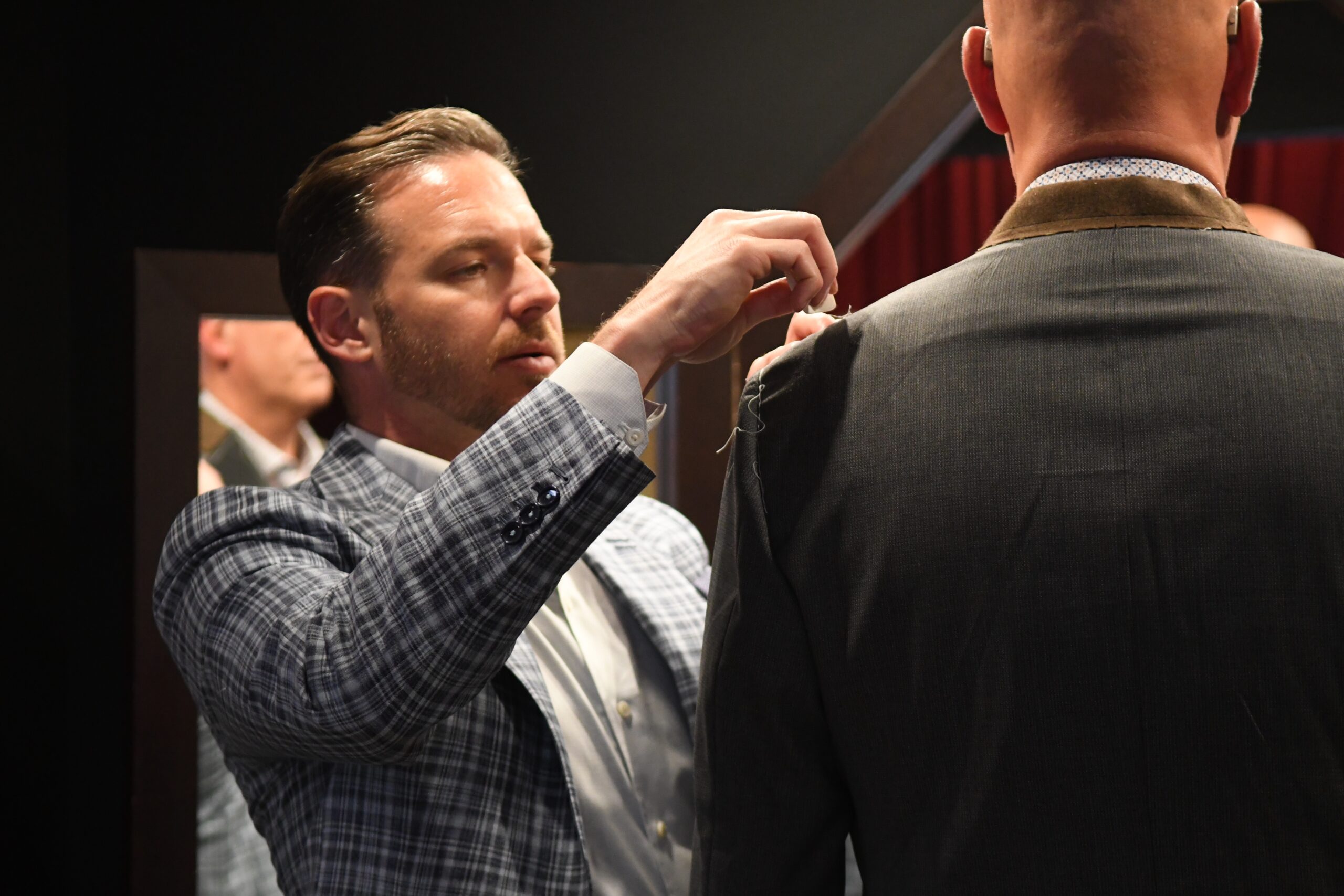Today, we’re showing our appreciation for some of life’s little pleasures. Specifically, we’ll talk about the basics of bourbon.
Working in the custom clothing business, it’s especially easy to develop an appreciation for well-made, luxurious clothing. We also find that true appreciation is borne of understanding how something works and where it comes from. We insist on educating our clients on the finer points of garment craftsmanship, and this almost always enhances their appreciation of what they’ve invested in.

This appreciation for the finer things bleeds into other areas – alcohol being one of them. In the, ahem, spirit of true appreciation of all things gentlemanly, we wrote this post. We’ll discuss what bourbon is, how it’s made, how to drink it, and some brands we enjoy.
Why Drink Bourbon?
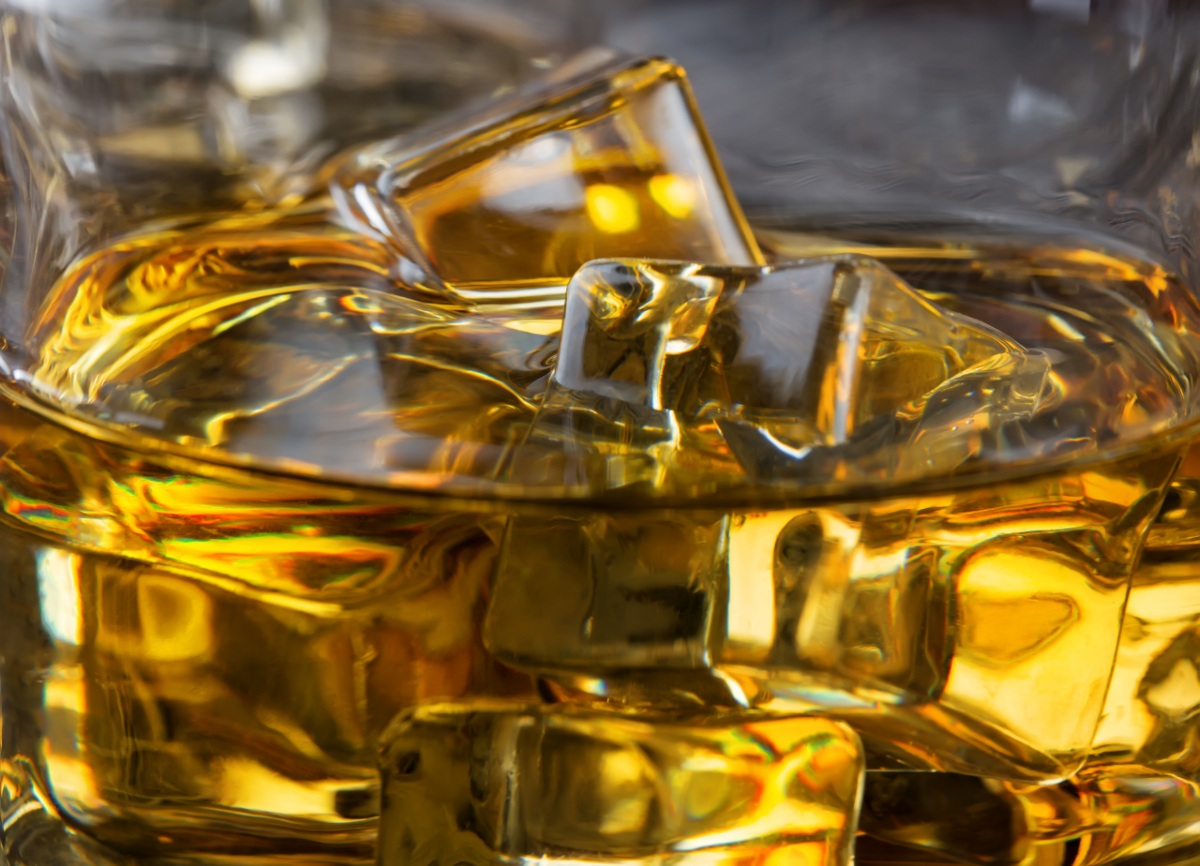 Other than the fact that it’s delicious and can take the edge off a challenging day? At the end of the day, bourbon, like any spirit, should be about sharing an experience. You’ll never pour a good bourbon for someone you don’t like.
Other than the fact that it’s delicious and can take the edge off a challenging day? At the end of the day, bourbon, like any spirit, should be about sharing an experience. You’ll never pour a good bourbon for someone you don’t like.
What Is Bourbon?
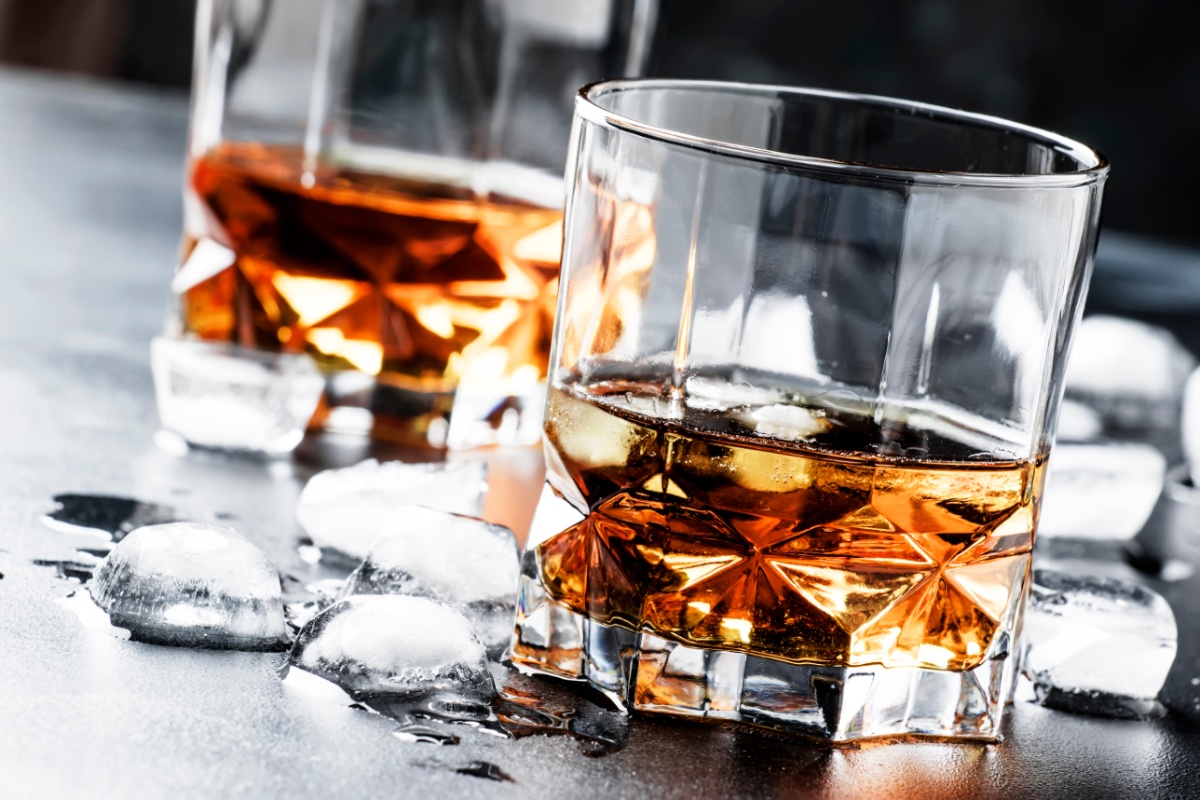 “All bourbon is whiskey, but not all whiskey is bourbon.” To perhaps oversimplify, bourbon is an American style of whiskey. Sometimes referred to as “bourbon whiskey,” it’s also the only spirit in the world that must be made in America to earn its name. Made mostly by distilling corn with other grains and water, then aged in charred oak barrels, it was invented as a way to prevent excess corn crops from spoiling (and monetize them, of course). It’s a great spirit for sipping straight or mixing into a cocktail.
“All bourbon is whiskey, but not all whiskey is bourbon.” To perhaps oversimplify, bourbon is an American style of whiskey. Sometimes referred to as “bourbon whiskey,” it’s also the only spirit in the world that must be made in America to earn its name. Made mostly by distilling corn with other grains and water, then aged in charred oak barrels, it was invented as a way to prevent excess corn crops from spoiling (and monetize them, of course). It’s a great spirit for sipping straight or mixing into a cocktail.
True enthusiasts respect everything about how bourbon’s made: the specific corn and soil in the cornfield, the trees for the barrels, the water sources, and more. In fact, 96% of bourbon is made in Kentucky because the land’s limestone base results in water purity that makes for the best bourbon. The climate also in Kentucky also lends itself to extensive interaction between the spirit and the charred oak.
Bourbon Whisky, or Bourbon WhiskEy?
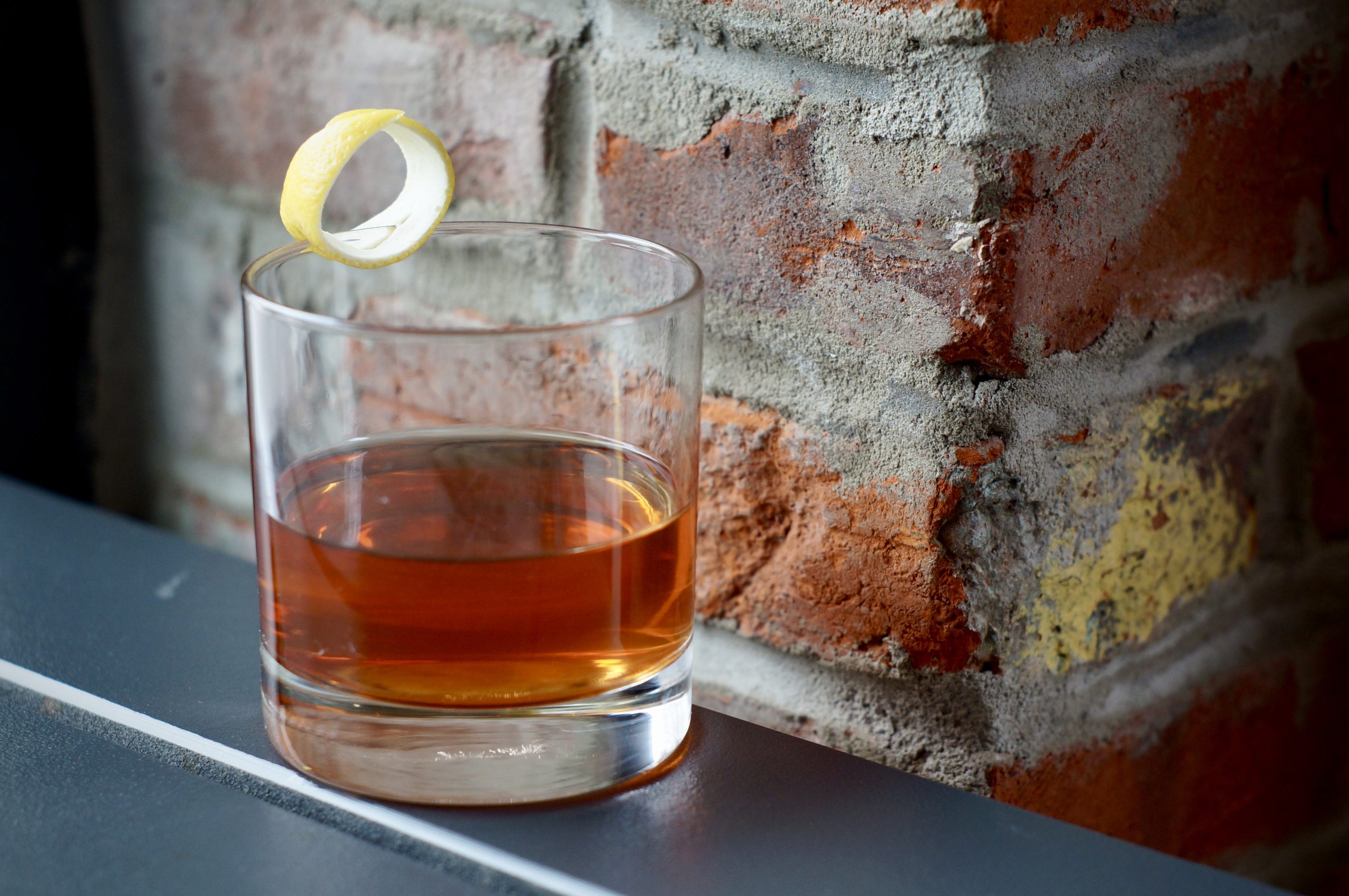 Short answer: it’s bourbon whiskey.
Short answer: it’s bourbon whiskey.
Fun fact: the presence or absence of the letter “E” in the word “whisk(e)y” was originally a simple marketing play. Irish distillers wished to differentiate their product from the Scottish competition and added the “E” to that effect. Nowadays, the spelling lines up with whether or not its country of origin has an “E” in its name.
Case in point: it’s spelled “whiskey” in Ireland, but you can only buy Scotch “whisky.” When it’s distilled in Canada or Japan, it’s “whisky” since those countries do not have the letter “E” in their name.
Both of our country’s names – The United States of America or simply “America” – include the letter “E,” which is why it’s called bourbon “whiskey.” One exception you’ll see with this is on Maker’s Mark – in this case, the family came from Scottland, so while they are located in American, they spell it “whisky” as a symbol to their heritage.
How Is Bourbon Whiskey Made?
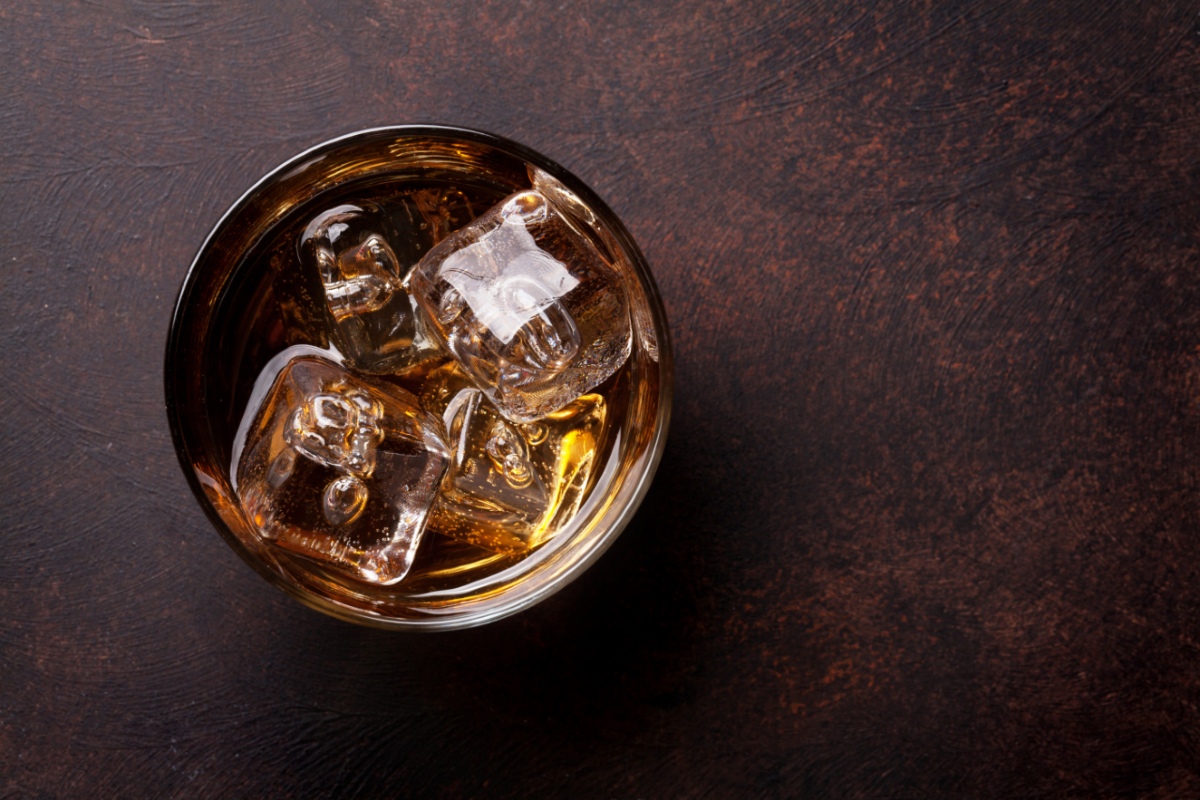 Below is a high-level overview of the steps to make bourbon:
Below is a high-level overview of the steps to make bourbon:
- The mash bill (mixture of grains) must be at least 51% corn. The other commonly used grains are wheat, rye, or barley. The grains are milled, or ground, into a powder, then they get cooked (simmered in water) which releases the sugars from the grain, creating the mash. Next yeast is added to the mash for fermentation. The yeast eat the sugars and the byproduct they create is alcohol. After a few days of fermentation, the mash is now called distillers beer. The final step – distilling – heats the distillers beer very precisely to evaporate the various alcohols from the mixture. The alcohol that you don’t want is removed (the “heads” and the “tails”) and what remains is the spirit itself, at this stage often called “white dog.” The spirit cannot be called bourbon though until the final step – it’s put into a new American charred oak container for aging (most commonly a 53-gallon barrel for its ability to roll for transporting when full) before it’s bottled or drank.
- Bourbon must be made in the United States – there is no such things as Irish or Scotch bourbon. This is why we say all bourbon is whiskey, but not all whiskey is bourbon.
- Bourbon has to come off the still under 150 proof and into the barrel at or under 125 proof. This means that it may need to be diluted, and water is the only acceptable liquid for dilution.
- Bourbon whiskey needs to be aged in a new American charred oak container. For standard bourbon, there’s no minimum time for aging. You could go through the entire distilling process, pour it into a new American charred oak container, and immediately pour it into a glass and still technically have bourbon. As it happens, this wouldn’t be much different than the “white dog” due to its clear color, so most bourbon ages for a period ranging from a few months up to a quarter-century.
Different Types of Bourbon
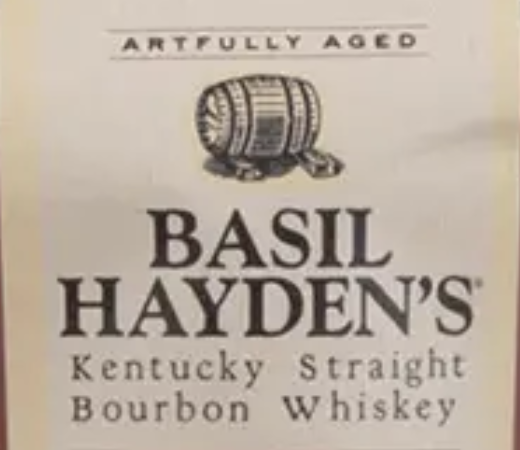 Even within the bourbon world, there are a couple of variations. Straight bourbon is a variant that requires a minimum of two years of aging in a new American charred oak container, and anything less than four years must have an age statement on the barrel. Kentucky straight bourbon whiskey must follow the same rules as straight bourbon and be made solely in Kentucky. Single-barrel bourbon is just that – every bottle is full of spirit that came from one specific barrel, nothing is mixed.
Even within the bourbon world, there are a couple of variations. Straight bourbon is a variant that requires a minimum of two years of aging in a new American charred oak container, and anything less than four years must have an age statement on the barrel. Kentucky straight bourbon whiskey must follow the same rules as straight bourbon and be made solely in Kentucky. Single-barrel bourbon is just that – every bottle is full of spirit that came from one specific barrel, nothing is mixed.
It’s also important to note that not all American-made whiskey is bourbon. One household name we all know is Jack Daniels. Their label clearly indicates that they don’t make bourbon, but rather “Tennessee whiskey.” This is due to an additional step in the distilling process – charcoal mellowing – that isn’t used in bourbon-making.
How To Drink Bourbon
Right up front: whatever way you prefer to drink bourbon whiskey is the right way. We are enthusiasts and respect the process of how it’s made, but we are not elitists. Drink it however you like it.
With that said, here are some common ways to drink bourbon, along with a good tip on how to best discern the flavor profile.
- As you would with wine, smell your bourbon before you take the first sip. Inhale through the nose but keep your mouth open, which is unlike wine-tasting where you’d keep your mouth closed. Bourbon is much stronger than wine in terms of alcohol content, and keeping your mouth open will ensure that you don’t overwhelm your palette with a concentrated blast of alcohol.
- Treat the first sip as a “conditioning” sip. Bourbon has a strong flavor, and this first sip is essentially priming the pump.
- The second sip will get you the flavor profile. This could be woody, vanilla, almond, earthy, smoky, and others. Savor it and consider what it brings to mind for you.
Ways To Drink
 We’ll repeat it: there’s no “right” way to drink bourbon. Below are just a couple of common ways folks drink it:
We’ll repeat it: there’s no “right” way to drink bourbon. Below are just a couple of common ways folks drink it:
- Neat – nothing but the spirit itself.
- On the rocks. Some guys like just an ice cube to “open up” the spirit. Some guys like their bourbon in a glass full of ice since it takes a bit of the edge off as the ice melts.
- Add a little water. Adding water dilutes the potency of the spirit without significantly altering its temperature as ice does. Just a few drops can open up the spirit and change how it tastes.
- In a cocktail. If you’re a cocktail kind of guy, an Old Fashioned or a Manhattan are great bourbon drinks.
Notable Bourbon Brands
Below are a few brands that we happen to enjoy here at the showroom and share with our clients. We’re not associated with these brands in any way, we just like them. This is by no means an exhaustive list, but rather a starting point:
- Angel’s Envy – The first distillery to do “secondary aging.” This secondary aging is done in sherry casks (a cask previously used to age sherry wine), which gives it a unique flavor. It’s also so smooth that you might fool yourself into thinking you’re not drinking alcohol.
- Blanton’s – Owned by Buffalo Trace (a great everyday bourbon in itself), everything they do is single-barrel. In fact – this was the first-ever brand to make a single-barrel bourbon, and they haven’t changed since. Have fun collecting all of the different tops on these bottles!
- Basil Hayden – a true Kentucky Straight Bourbon Whiskey, this is a small-batch bourbon that is spicy-smooth and you should try immediately if you haven’t yet.
- Maker’s Mark – A household name in the bourbon world, distilled specifically for sweetness. They achieve this with a mash bill that’s 70% corn, 16% red winter wheat, and 14% malted barley. Notice there’s no rye, which tends to add spiciness to the spirit.
Stay In Touch
As of this writing, we’re still in the midst of a pandemic. We don’t encourage self-medication, but on the other hand, there’s no time quite like the present to enhance your appreciation of a uniquely American spirit. We encourage you to get a bottle, share it responsibly with some friends from a safe distance, and enjoy.
In the meantime, our president Brian Lipstein is a certified bourbon steward and loves a good conversation on the topic. Reach out to us at 215-310-0219 or at info@henrydavidsen.com to set up a time to tour the showroom and share a beverage with us.

